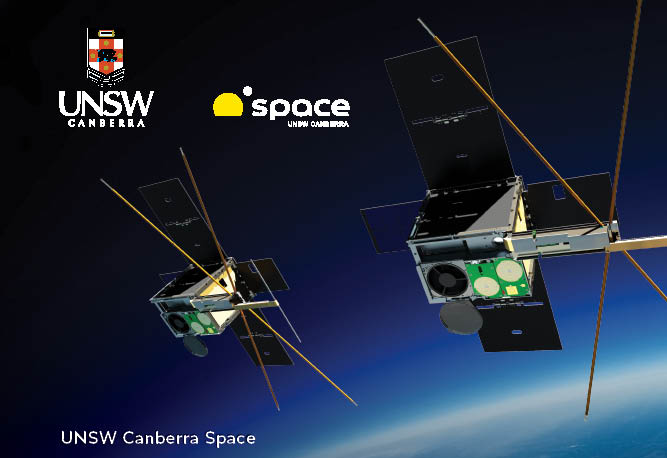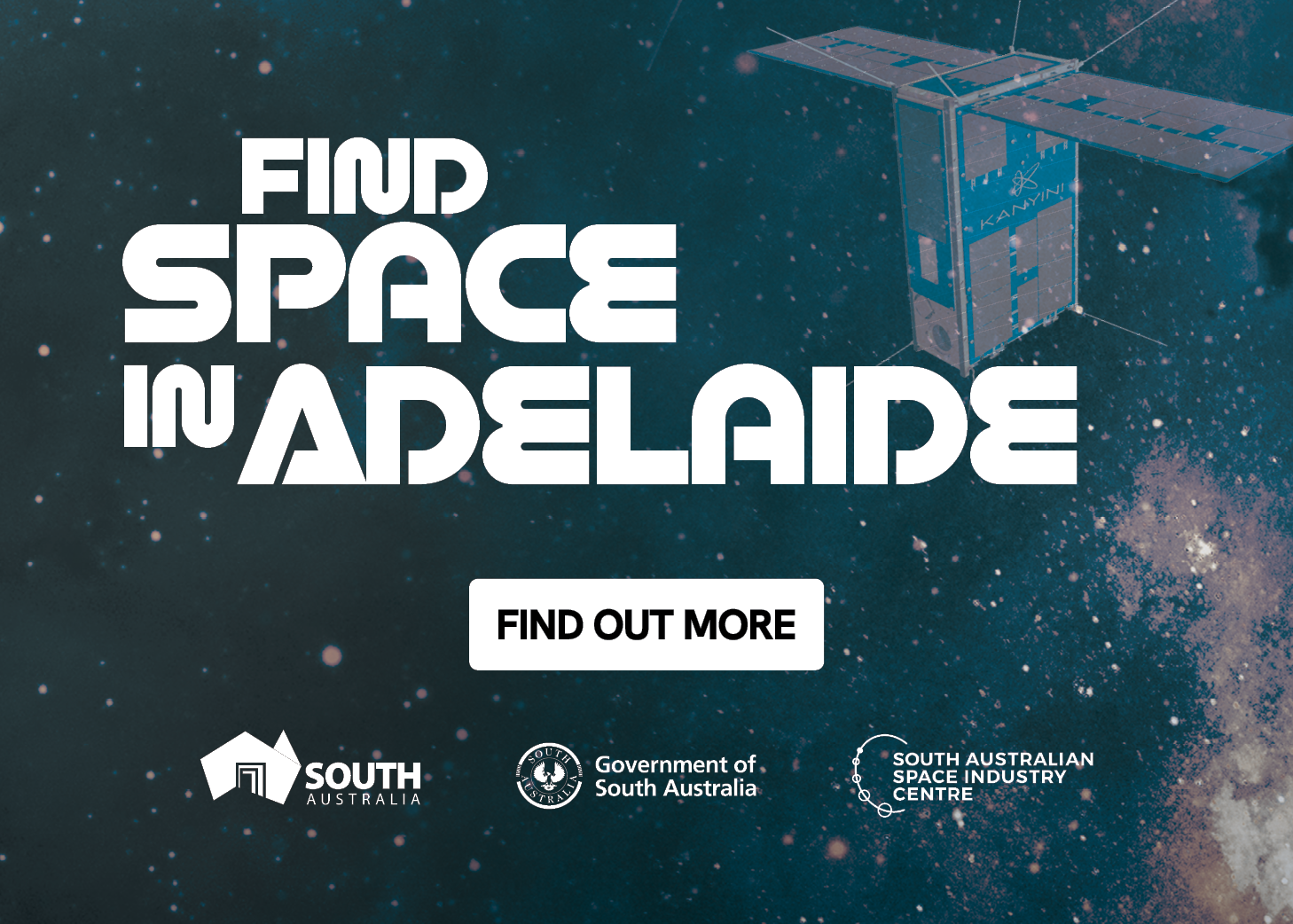The growing importance of the space sector, both globally and in Australia, has captured the attention of governments, leading to substantial investments in the development of sovereign capabilities in commercial and defence domains. Australia has demonstrated its ability to excel in various areas, and the space industry is no exception. With significant strides in space domain awareness, earth observation, Positioning, Navigation, and Timing (PNT), and enterprise connectivity, Australia is positioning itself as a key player on the international stage. Regulatory measures are being leveraged to facilitate access to novel constellations and payloads, drawing the attention of the space industry.
While traditional fibre solutions have played a vital role in connecting remote locations, the dynamic landscape of wireless technologies, particularly satellite systems, is revolutionizing network reach and resilience. Geostationary satellites, a long-standing option for data services, have faced limitations such as slow speeds, high costs, and significant latency due to their position over 36,000 kilometres above the Earth’s surface. Consequently, their application was confined to low-speed tasks or situations where no other connectivity options were feasible, such as remote regions.
The emergence of modern LEO satellite fleets has transformed this landscape by deploying smaller satellites at altitudes ranging from 500 to 2,000 kilometres, significantly closer to Earth. This proximity allows for the delivery of high-powered data communication services with unparalleled speed and very low latency.
Australia’s geographical location provides a unique advantage in the LEO satellite ecosystem. The vast expanse of the continent enables the deployment of ground stations that ensure data sovereignty, a critical aspect for government and military organisations seeking secure transmission and storage of sensitive information.
LEO constellations demand intricate integration of hardware and software systems. Unlike geostationary satellites, which appear fixed when observed from Earth, LEO satellites require rapid orbits to maintain altitude, necessitating specialised tracking antennas to ensure continuous connection.
Prominent players in the field, like SpaceX with its Starlink service, are addressing these challenges by establishing global mesh networks comprising thousands of satellites. These satellites are launched in batches using low-cost and reusable SpaceX launch services. A recent agreement between Vocus and SpaceX, in November 2022, further demonstrates how the Starlink Business service is making significant headway. The Vocus Satellite-Starlink service offers peak speeds of up to 350/40 Mbps (under controlled conditions) with latency between 25-50ms, ensuring prioritised data transmission within the Starlink network for mission-critical applications. This breakthrough has resulted in low-cost services and high performance, according to Ashley Neale, Vocus Development Manager for Space and Satellite.
LEO satellite systems deliver speeds, latency, and bandwidth comparable to fixed-line and fixed wireless technologies, bringing about a generational leap in regional and remote connectivity. Vocus, leveraging LEO satellite solutions, now offers swift installation and activation of communication infrastructure to support remote sites, including airfields, construction projects, and test ranges.
Vocus also excels in providing the supporting ground infrastructure for LEO satellite services. Their specialised engineering teams have successfully built and maintain LEO satellite ground stations, complemented by a suitably scaled backhaul over their fibre network. This combination plays a crucial role in enabling the exceptional performance of LEO satellite services.
Low-Earth-Orbit satellite communications have become a transformative force in the Australian connectivity landscape. As technology continues to advance and regulatory support fosters innovation, Australia’s strategic positioning in this domain bodes well for enhanced connectivity across the country’s diverse and challenging terrain, benefiting both commercial and defence sectors alike.













